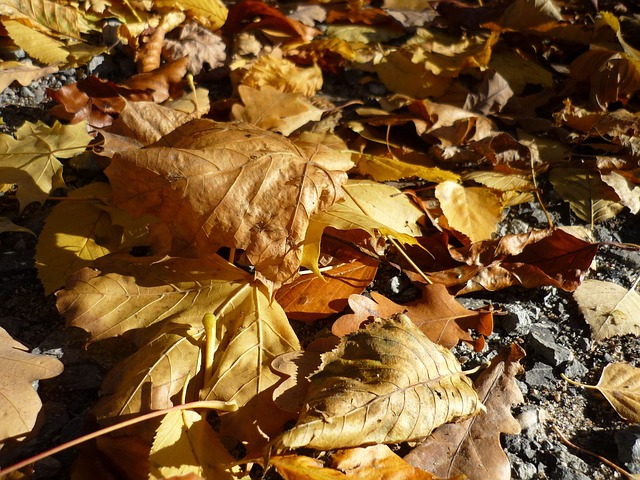Upon entering Munford Elementary School, you find yourself in a cave surrounded by stalagmites and stalactites. Continuing down the hallway, you follow a curvy stone path lined with realistic trees. The lunchroom is adorned with hand-painted murals of the Talladega National Forest and houses a 250-gallon aquarium filled with fish native to Alabama. Scattered throughout the building are museum-quality, interactive displays showcasing academic content related to the environment. Outside you’ll find an outdoor classroom, a three-acre nature trail and an outdoor amphitheater.
The transformation of Munford Elementary School in Munford, Alabama, was made possible through a partnership with the US Forest Service and continues to affect students daily. While most schools would have to take field trips, our students are able to experience nature and their environment as an integral part of the school culture. These unique learning tools throughout the school are coupled with project-based learning opportunities to grow students into next-generation leaders in environmental education and conservation. Effort and perseverance are praised in our school as students work toward individual goals for excelling in all areas of their lives.
No child left inside
Located at the foothills of the Appalachian Mountains, Munford Elementary was named a Green Ribbon School by the US Department of Education, and is one of the few Alabama schools to adopt a “theme immersion” concept.
The theme was inspired by a passionate school board member, Johnny Ponder, who wanted to ensure local students were highly educated on the affect the nearby national forest has on their community, industry and future. The district, along with more than 40 community partners including local wildlife federations, colleges and businesses, teamed up to build the new school which opened in 2001.
Our approach to school design not only educates students on environmental issues, but has helped increase literacy and math test scores because students are able to take what they’ve learned in the classroom and apply it in a real-world setting. The interactive displays and unique learning settings in our building expose students to content they’re expected to know according to the Alabama College and Career Ready Standards. With our partnerships and school design, they’re able to experience lessons in more of an integrated fashion using resources, which are not hours away at a science museum but right down the hall.
Each wing of the school is dedicated to a different aspect of the environment, so as students move from one grade to the next, they are able to explore new elements of the environment around them. The K-1 hallway is known as “The Enchanted Forest,” complete with displays about different plant life and trees. As students walk the halls, they can feel the bark and count the rings of trees. “Where the Wild Things Are” is the focus of the second- and third-grade hallway with displays featuring content about ecosystems, food chains and sounds of the forest. On “The Main Stream” hallway, fourth- and fifth-graders are immersed in all things water as they focus on the importance of water quality in our environment.
A curriculum to match the environment
Our overall approach to curriculum design is providing students with project-based learning opportunities allowing students to explore what interests them and use their skills to collaborate and solve problems in a real-world setting. In our classrooms, you won’t see teachers standing in front of the class teaching a lesson — instead, you’ll see students sitting at tables, in the hallways or scattered throughout the room, engaged in conversations and driving their own education.
Our teachers plan lessons using the displays and learning tools spread throughout our school, the outdoor classroom and nature trails, and even walk across the street to our middle and high school to take advantage of resources including an arboretum, a frog pond, a fish hatchery and a greenhouse.
Literacy is at the core of all learning. Our district is 1:1 with student devices, so technology and cross-curricular literacy skills are integrated into every subject through the use of student Chromebooks. We recently adopted a digital literacy environment that gives students access to more than 10,000 fiction and non-fiction books customized to fit their individual reading levels. We believe challenging each student to increase their time spent reading is an integral part of students becoming more skilled readers. For this reason, reading is a priority in every classroom at Munford Elementary.
To further encourage student literacy, our PTA and community partners have teamed up to create multiple “book-nooks” which serve as unique places for students to go and read throughout our school. Each wing features a themed nook including a lemonade stand, a mock campfire setting, and a wooden fishing boat built by our high school’s agriculture shop as a way to escape and engage in a good book. Our approach to literacy is yielding impressive results. Last year, 68% of students in grades 1–5 showed at least one year’s growth or more in reading ability. Using “book nooks” and prioritizing independent reading time has helped increase our students’ reading skills as part of an overall educational experience.
Through a combined focus on conservation and environmental education, an increased focus on literacy, goal-setting, and building a growth mindset, Munford Elementary aims to prepare student leaders who are ready to embrace their future in whatever college or career path they may choose.
To see Munford Elementary students in action and get a full tour of the school, watch a short video featuring the school.
Angela Robinson is the principal at Munford Elementary, which uses myON as its personalized digital literacy environment in each of its elementary schools.
Katy Turner is the assistant principal at Munford Elementary School.
____________________________________
Like this article? Sign up for ASCD SmartBrief to get news like this in your inbox, or check out all of SmartBrief’s education newsletters, covering career and technical education, educational leadership, math education and more.
